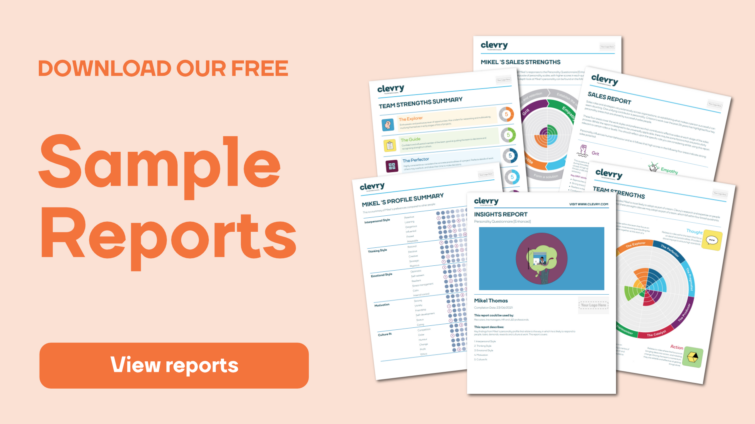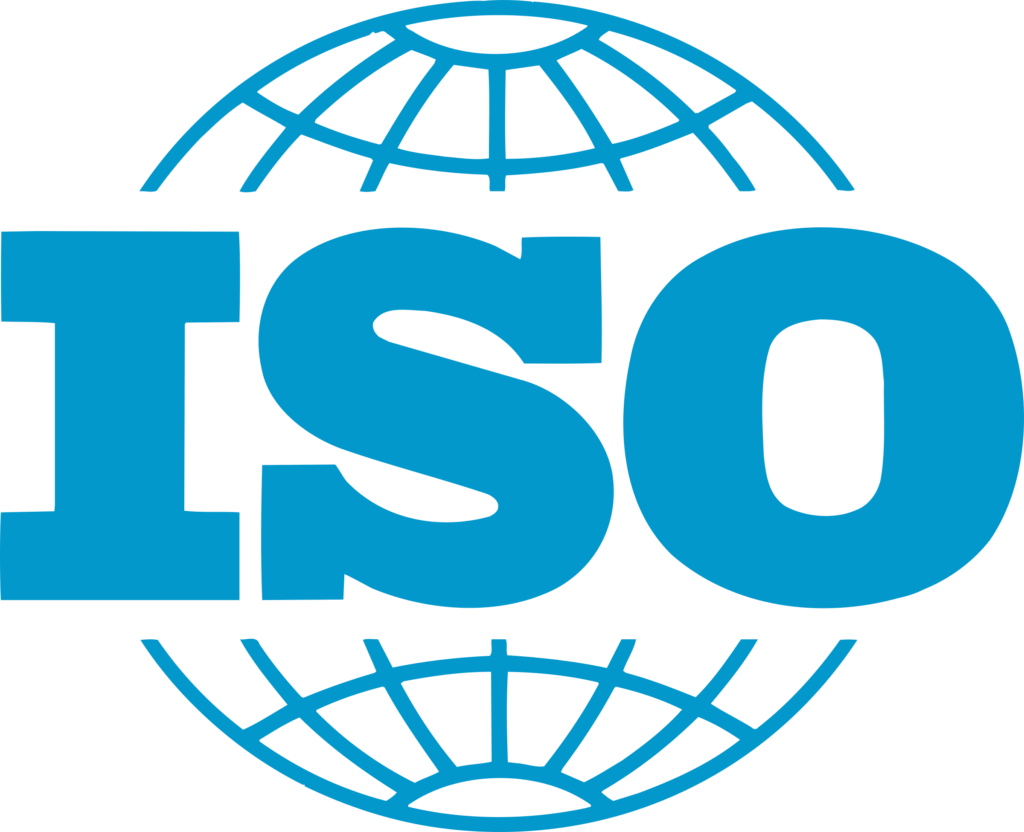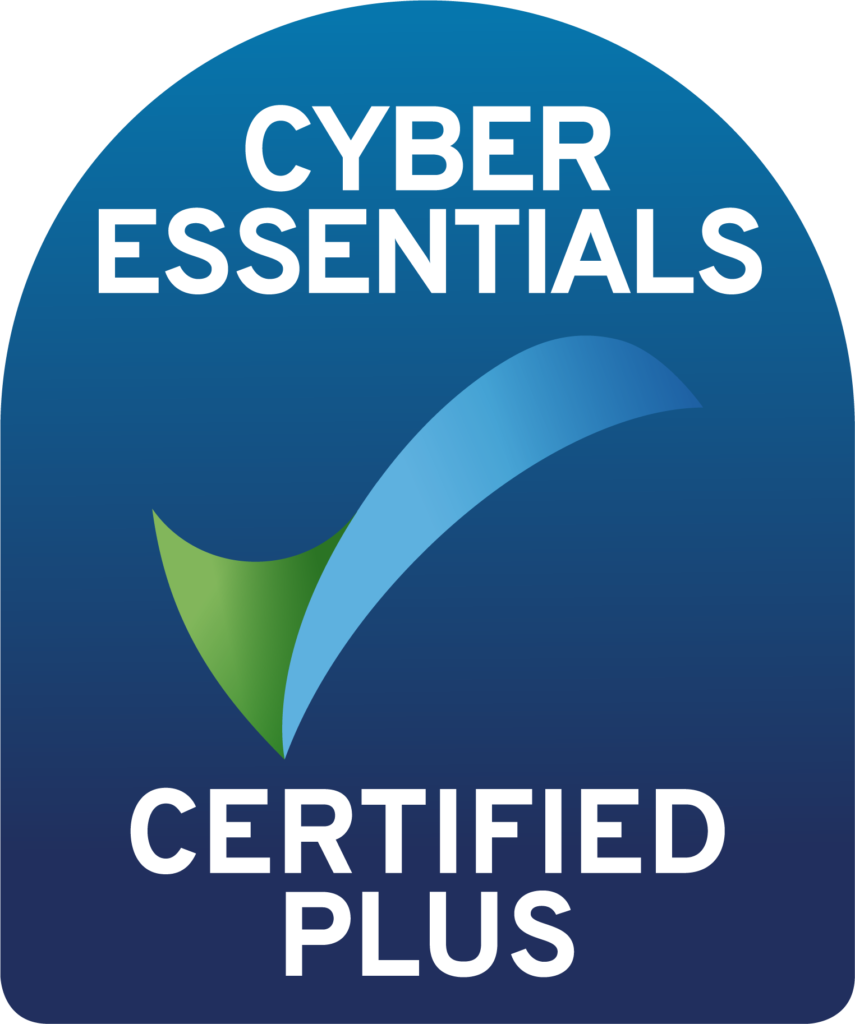Embarking on a journey to properly strengthen and develop your team goes beyond holding a single team building workshop and then thinking your work is done.
Today’s team building activities have evolved beyond mere icebreaker games; when done right, they can be transformative for your organisation, fostering stronger connections, enhancing teamwork, and illuminating individual strengths and weaknesses.
In this article, we have provided 89 team building activities for 2024 that you can use to help develop your team.
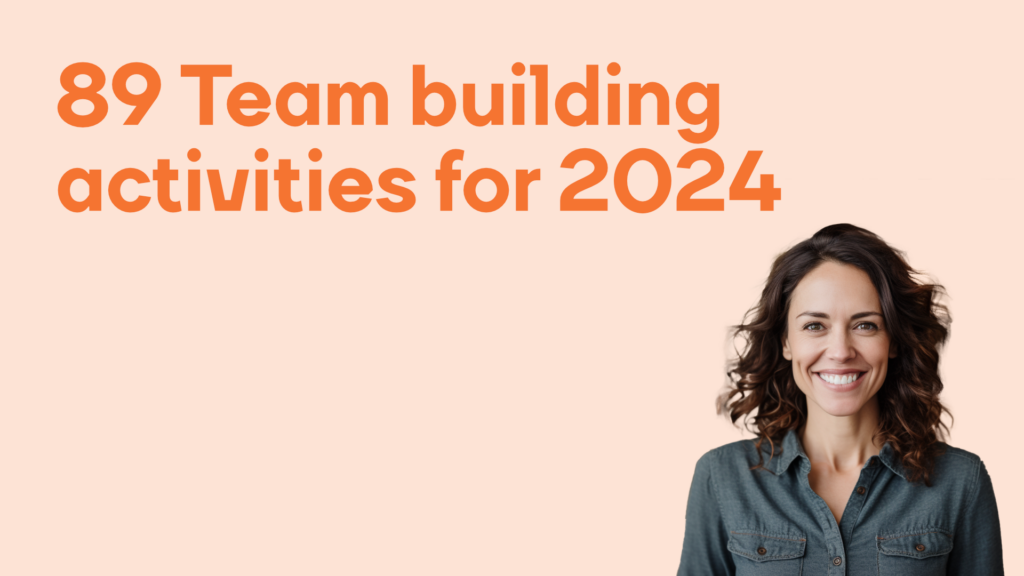
Team building activities
1) Blindfolded Obstacle Course
Description:
Team members guide a blindfolded member through an obstacle course using verbal communication.
Instructions:
Set up a simple obstacle course with cones and obstacles. Blindfold one team member, and the rest must guide the blindfolded member through the course using verbal communication.
Aims & Benefits:
Builds trust, effective communication, and teamwork. Helps team members understand the importance of clear and precise communication in achieving common goals.
2) Human Knot
Description:
Team members untangle themselves while holding hands.
Instructions:
Form a circle, and each team member reaches out to grab the hands of two different people. The group must untangle themselves without letting go of each other’s hands.
Aims & Benefits:
Promotes problem-solving, collaboration, and patience. Requires teamwork and communication to untangle the group, strengthening team dynamics.
3) Personality Bingo
Description:
Team members find colleagues who match specific traits or hobbies and sign corresponding bingo boxes.
Instructions:
Create bingo cards with different personality traits or hobbies. Team members need to find colleagues who match each description and have them sign the corresponding box.
Aims & Benefits:
Encourages networking, communication, and understanding of team members’ unique traits. Builds camaraderie and appreciation for individual differences.
4) Scavenger Hunt
Description:
Teams solve clues to find hidden items in a fun competition.
Instructions:
Organise a scavenger hunt with clues and riddles leading to various locations. Teams must work together to solve the clues and find hidden items.
Aims & Benefits:
Promotes collaboration, problem-solving, and creativity. Encourages exploration and teamwork outside the usual work setting.
5) Marshmallow Tower
Description:
Teams construct the tallest tower using marshmallows and spaghetti.
Instructions:
Provide marshmallows and uncooked spaghetti; teams must build the tallest tower in a given time using only these materials.
Aims & Benefits:
Fosters creativity, innovation, and teamwork. Encourages adaptability as teams may need to adjust their strategies during the construction process.
6) Escape Room Challenge
Description:
Teams work together to solve puzzles and escape within a time limit.
Instructions:
Book an escape room and have teams work together to solve puzzles and escape within a time limit.
Aims & Benefits:
Enhances critical thinking, communication, and teamwork under pressure. Helps team members develop problem-solving skills in a fun and engaging setting.
7) Team Pictionary
Description:
Teams play Pictionary with team-related topics.
Instructions:
Play a game of Pictionary with team-related topics, where team members draw and guess representations of specific words or phrases.
Aims & Benefits:
Enhances communication, creativity, and team bonding. Improves non-verbal communication skills and creates a lively and enjoyable atmosphere.
8) Workplace Trivia
Description:
Teams compete in a quiz about the company’s history and team members.
Instructions:
Create a quiz about the company’s history, values, and team members. Teams compete to answer questions and earn points.
Aims & Benefits:
Builds knowledge about the organisation and its people. Fosters a sense of pride and identification with the company’s mission and history.
9) Build-A-Bridge
Description:
Teams build small bridges using cardboard and tape to support the most weight.
Instructions:
Provide cardboard and tape; teams must build small bridges to support the most weight possible.
Aims & Benefits:
Promotes problem-solving and collaboration. Encourages creativity in finding the most effective bridge design.
10) Storytelling Circle
Description:
Team members add sentences to create a collective story.
Instructions:
Sit in a circle and start a story with each team member adding a sentence.
Aims & Benefits:
Enhances creativity, active listening, and spontaneity. Helps create a positive and inclusive environment for sharing ideas and stories.
11) Team Lip-Sync Battle
Description:
Teams prepare lip-sync performances and compete in a friendly battle.
Instructions:
Teams pick a song of their own choosing and then prepare lip-sync performances and compete in a friendly battle.
Aims & Benefits:
Fosters creativity, teamwork, and humor. Allows team members to showcase their playful side and build camaraderie through entertainment.
12) Balloon Tower
Description:
Teams build the tallest tower using balloons and tape.
Instructions:
Provide balloons and tape; teams must build the tallest tower using only these materials.
Aims & Benefits:
Promotes collaboration and adaptability. Encourages teams to think critically about the construction process and adapt their strategies based on real-time feedback.
13) Speed Networking
Description:
Team members interact in short time intervals in a networking event.
Instructions:
Host a networking event where team members interact with each other in short time intervals.
Aims & Benefits:
Helps build relationships and fosters open communication among team members. Encourages collaboration and cross-functional understanding.
14) Code of Conduct Review
Description:
Teams review and improve the team’s code of conduct.
Instructions:
Review the team’s code of conduct together, discussing how it can be improved and better implemented.
Aims & Benefits:
Reinforces organisational values. Promotes ethical behavior and builds trust within the team.
15) Name Game Icebreaker
Description:
A great activity for new starters and new introductions. Team members toss a ball while calling the recipient’s name.
Instructions:
Stand in a circle and toss a ball while calling the recipient’s name.
Aims & Benefits:
Helps team members learn each other’s names and break the ice in a light-hearted and fun manner. Facilitates communication and networking.
16) Puzzle Pieces
Description:
Teams complete puzzles without seeing the final image.
Instructions:
Provide puzzle pieces to each team, and they must complete the puzzle without seeing the final image.
Aims & Benefits:
Promotes communication, problem-solving, and patience. Requires teamwork to complete the puzzle effectively, strengthening team dynamics.
17) Decision Dilemmas
Description:
Teams decide the best course of action in hypothetical scenarios.
Instructions:
Present teams with various decision dilemmas and discuss the best course of action for each scenario.
Aims & Benefits:
Enhances decision-making skills and teamwork. Encourages open dialogue and understanding of different perspectives.
18) Talent Show
Description:
Team members showcase their talents in a fun talent show.
Instructions:
Host a talent show where team members can showcase their unique talents and skills.
Aims & Benefits:
Encourages team members to share their interests and hobbies, fostering a positive and inclusive team culture.
19) Egg Drop Challenge
Description:
Teams design a device to protect an egg from a high fall.
Instructions:
Provide eggs and various materials for building protective devices. Teams must design a device to protect the egg from breaking when dropped from a height.
Aims & Benefits:
Promotes problem-solving, creativity, and teamwork. Requires collaboration and adaptability to create an effective egg protection design.
20) Employee Talent Exchange
Description:
Team members share their unique work skills and expertise with each other and across departments.
Instructions:
Arrange a talent exchange event where team members teach each other their unique skills and expertise.
Aims & Benefits:
Encourages peer learning and knowledge sharing. Builds camaraderie and strengthens relationships within the team.
21) Mindfulness Meditation
Description:
Teams practice a group mindfulness exercises to help reduce stress and enhance focus.
Instructions:
Lead mindfulness meditation exercises during team meetings or workshops.
Aims & Benefits:
Enhances well-being, stress management, and focus. Promotes a positive and relaxed work environment.
22) Employee Trivia
Description:
Teams compete in a trivia game with questions about team members, departments and the company more generally.
Instructions:
Organise an employee trivia game where teams answer questions about their colleagues’ interests and achievements.
Aims & Benefits:
Promotes team bonding and fosters a sense of camaraderie. Enhances team members’ knowledge about each other.
23) Team Goals Setting
Description:
Teams collaboratively set goals and action plans for the team.
Instructions:
Facilitate a team goals-setting session where team members collaboratively define goals and create action plans to achieve them.
Aims & Benefits:
Promotes alignment and clarity on team objectives. Strengthens team commitment and encourages collaboration toward common goals.
24) Vision Board Creation
Description:
Team members create vision boards to visualise their personal and team goals.
Instructions:
Provide art supplies and magazines for team members to create vision boards.
Aims & Benefits:
Helps team members clarify and visualise their aspirations. Fosters a sense of purpose and motivation within the team.
25) Company Trivia Night
Description:
Teams participate in a trivia night with questions about the company and industry.
Instructions:
Organise a trivia night focusing on questions about the company’s history, achievements, and the industry it operates in.
Aims & Benefits:
Builds team knowledge about the organisation and industry. Promotes a sense of pride and alignment with the company’s mission and vision.
26) Speed Charades
Description:
Teams play a fast-paced version of charades with team-related topics.
Instructions:
Play charades with team-related topics, where team members act out words or phrases to be guessed by their teammates.
Aims & Benefits:
Enhances communication, creativity, and teamwork. Creates a lively and enjoyable atmosphere while building team camaraderie.
27) Team Time Capsule
Description:
Teams create a time capsule containing meaningful items and messages.
Instructions:
Teams gather meaningful items and write messages to be placed in a time capsule, which will be opened at a later date.
Aims & Benefits:
Promotes team bonding and creates a shared sense of history. Encourages reflection on team achievements and aspirations.
28) Virtual Team Trivia
Description:
Remote teams participate in a virtual trivia game to test their knowledge.
Instructions:
Organise a virtual trivia game using video conferencing tools where remote teams compete with each other.
Aims & Benefits:
Enhances virtual team bonding and communication. Encourages friendly competition and fosters team connections across geographical boundaries.
29) Project Showcase
Description:
Teams present their completed projects to celebrate achievements.
Instructions:
Allow teams to present their completed projects, celebrating achievements and promoting pride in their work.
Aims & Benefits:
Fosters a sense of accomplishment and recognition for the team’s hard work. Promotes collaboration and learning from each other’s projects.
30) Creative Writing Workshop
Description:
Teams participate in a creative writing session to foster expression and teamwork.
Instructions:
Host a creative writing session, encouraging expression and teamwork through storytelling.
Aims & Benefits:
Enhances creativity and storytelling skills. Fosters teamwork through collaborative writing exercises.
31) Office Olympics
Description:
Teams compete in mini-Olympic games in the office.
Instructions:
Organise mini-Olympic games in the office, promoting teamwork, healthy competition, and physical activity.
Aims & Benefits:
Builds team camaraderie and promotes a healthy and active lifestyle. Boosts morale and teamwork through friendly competition.
32) Leadership Shadowing
Description:
Team members shadow leaders from other departments to learn and understand different roles.
Instructions:
Team members shadow leaders from other departments to learn and understand different roles within the organisation.
Aims & Benefits:
Fosters cross-functional understanding and collaboration. Allows team members to gain insights from experienced leaders.
33) Random Acts of Kindness
Description:
Team members perform random acts of kindness for colleagues and others. Team members keep a tally of their random acts, scores then get totalled up every week and put into a leaderboard, whoever has the most after a set period (we recommend 1, 3 or 12 months) is the winner!
Instructions:
Encourage team members to perform random acts of kindness for colleagues and others.
Aims & Benefits:
Promotes a positive and supportive work environment. Builds empathy and strengthens team cohesion.
34) Workplace Flexibility Day
Description:
Team members work from home or choose flexible work hours to promote work-life balance.
Instructions:
Allow team members to work from home or choose their work hours to promote work-life balance.
Aims & Benefits:
Enhances job satisfaction, work-life balance, and overall well-being. Demonstrates the organisation’s commitment to employee well-being.
35) Team Building Quiz ‘Show’
Description:
Teams compete in a low budget quiz ‘show’ featuring company-related questions.
Instructions:
Teams compete in a quiz ‘show’ featuring company-related questions, testing their knowledge and fostering team spirit.
Aims & Benefits:
Builds team knowledge about the company and its culture. Encourages team members to learn from each other’s expertise.
36) Employee Spotlight
Description:
Team members take turns being in the spotlight, sharing their achievements, challenges and experiences.
Instructions:
Set up an employee spotlight session where team members take turns sharing their achievements, challenges, experiences, and learnings.
Aims & Benefits:
Fosters a sense of appreciation and recognition for individual contributions. Promotes a culture of learning and sharing within the team.
37) Board Game Tournament
Description:
Teams participate in a board game tournament for friendly competition.
Instructions:
Organise a board game tournament, with teams competing against each other in various board games. Keep a league table for a set period of time and at the end crown a winner.
Aims & Benefits:
Promotes teamwork, strategy, and healthy competition. Encourages relaxation and stress relief during the tournament.
38) Strengths Finder
Description:
Teams use the Clevry Joy at Work assessment to help identify and leverage individual strengths.
Instructions:
Have team members take a free personality assessment in the Clevry online assessment platform and then openly discuss the results to help identify and leverage their individual strengths.
Aims & Benefits:
Enhances self-awareness and encourages teams to capitalise on each member’s unique strengths. Strengthens team collaboration and performance.
39) Time Management Workshop
Description:
Team members attend a workshop all about time management to improve and hone their time management skills.
Instructions:
Host a time management workshop where team members learn strategies to improve their time management skills.
Aims & Benefits:
Enhances productivity and work efficiency. Helps team members prioritize tasks and manage workloads effectively.
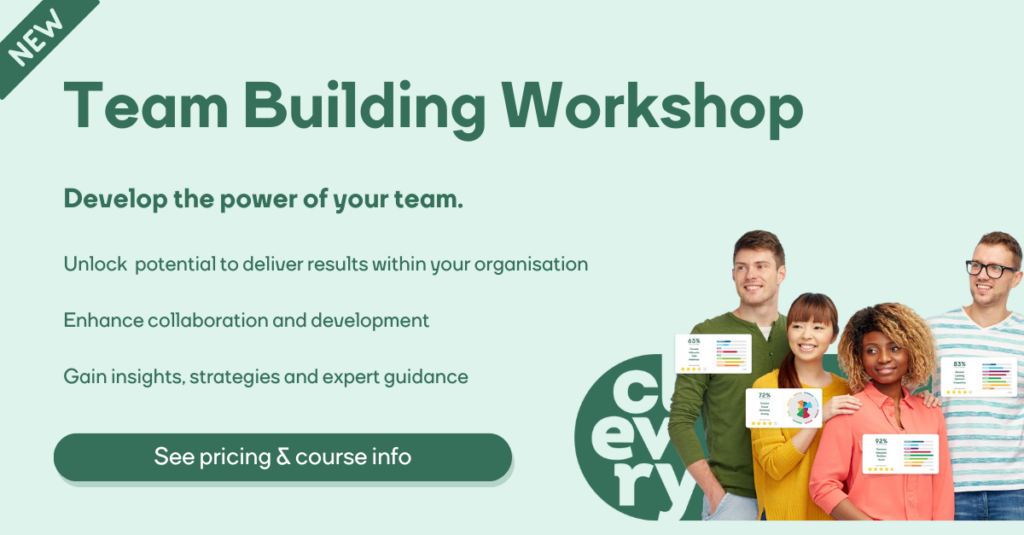
40) Team Sports Tournament
Description:
Teams compete in various sports or games in a tournament format.
Instructions:
Organise a team sports tournament, with teams competing in various sports or games.
Aims & Benefits:
Promotes team bonding, communication, and healthy competition. Encourages a sense of camaraderie and teamwork through sportsmanship.
41) Company Values Brainstorming
Description:
Teams brainstorm ways to reinforce and embody company values.
Instructions:
Conduct a brainstorming session where teams discuss ideas to reinforce and embody company values in their daily work.
Aims & Benefits:
Promotes alignment with company values and a positive workplace culture. Encourages team members to live the organisation’s core principles.
42) Office Decoration Competition
Description:
Teams decorate their workspace creatively for a friendly competition.
Instructions:
Allow teams to decorate their workspace creatively, with prizes for the most appealing and creative setup.
Aims & Benefits:
Fosters team creativity and engagement. Promotes a positive and inspiring work environment. Boosts team morale and pride in the workspace.
43) Team Workout Session
Description:
Teams participate in a group workout session for health and team bonding.
Instructions:
Organise a group workout session where teams engage in fitness activities together.
Aims & Benefits:
Promotes a healthy lifestyle and team unity. Enhances team members’ physical and mental well-being.
44) Team Memory Game
Description:
Teams play a memory game with company-related images and information.
Instructions:
Create a memory game with company-related images and information. Teams take turns matching pairs and testing their memory.
Aims & Benefits:
Enhances memory and cognitive ability. Fosters friendly competition and teamwork in a fun and engaging setting.
45) Learning Lunches
Description:
Team members hold regular lunchtime sessions to share knowledge and skills.
Instructions:
Organise learning lunches where team members take turns leading educational sessions during lunchtime.
Aims & Benefits:
Promotes continuous learning and peer-to-peer knowledge-sharing. Builds a culture of personal and professional development.
46) Team Building Bingo
Description:
Teams play bingo with team-building activities and achievements as squares.
Instructions:
Create bingo cards with team-building activities and achievements. Teams must complete the activities to mark the squares.
Aims & Benefits:
Encourages team members to participate in various team-building activities for work. Promotes a positive and engaging team culture.
47) Outdoor Team Challenges
Description:
Teams face outdoor challenges to promote team bonding and problem-solving.
Instructions:
Organise outdoor challenges such as hiking, rope courses, or obstacle courses to foster teamwork and problem-solving.
Aims & Benefits:
Promotes collaboration, communication, and adaptability in a dynamic outdoor setting. Enhances team members’ resilience and confidence.
48) Virtual Team Building Retreat
Description:
Remote teams participate in virtual team-building activities to build connections.
Instructions:
Organise a virtual team-building retreat with a mix of activities, games, and workshops for remote teams to build connections.
Aims & Benefits:
Fosters a sense of belonging and collaboration among remote team members. Strengthens virtual team dynamics and engagement.
49) Team Building Games Design
Description:
Teams design their own team-building games to encourage creativity and ownership.
Instructions:
Teams design their own team-building games and share them with other teams.
Aims & Benefits:
Encourages creativity, problem-solving, and teamwork. Empowers team members to take ownership of team-building initiatives.
50) Employee Swap Day
Description:
Team members swap roles or tasks for a day to gain a broader perspective.
Instructions:
Team members swap roles or tasks for a day to gain a broader perspective of the organisation.
Aims & Benefits:
Promotes cross-functional understanding and collaboration. Encourages empathy and fosters a culture of appreciation for different roles.
51) Appreciation Wall
Description:
Team members leave notes of appreciation for each other on a dedicated wall.
Instructions:
Create an appreciation wall where team members can leave notes of appreciation for each other.
Aims & Benefits:
Fosters a culture of gratitude and recognition within the team. Boosts team morale and strengthens interpersonal relationships.
52) Brainstorming Retreat
Description:
Teams attend a retreat focused on brainstorming and innovation.
Instructions:
Organise a team retreat focused on brainstorming and innovation.
Aims & Benefits:
Enhances creativity, collaboration, and idea generation. Allows team members to focus on strategic planning and innovative solutions.
53) Mentorship Program
Description:
Team members participate in a mentorship program to facilitate learning and growth.
Instructions:
Implement a mentorship program where team members are paired with mentors for personal and professional development.
Aims & Benefits:
Fosters knowledge-sharing, career development, and interpersonal growth. Strengthens team bonds through mentor-mentee relationships.
54) Personal Development Plans
Description:
Teams create personal development plans to support individual growth.
Instructions:
Guide team members in creating personal development plans with clear goals and action steps.
Aims & Benefits:
Encourages individual growth and continuous learning. Builds a culture of self-improvement and supports career advancement.
55) Employee Appreciation Day
Description:
Teams celebrate Employee Appreciation Day to recognise team members’ efforts.
Instructions:
Organise an Employee Appreciation Day with various activities to celebrate team members’ contributions.
Aims & Benefits:
Boosts team morale, job satisfaction, and overall engagement. Shows appreciation for team members’ hard work and dedication.
56) Employee Exchange Program
Description:
Team members participate in an exchange program to work with different teams.
Instructions:
Implement an employee exchange program where team members work with other departments or teams temporarily.
Aims & Benefits:
Promotes cross-functional collaboration and understanding. Allows team members to learn from different work environments and perspectives.
57) Coffee Roulette
Description:
Team members participate in virtual coffee meetups to connect and chat.
Instructions:
Organise a coffee roulette, where team members are randomly paired for virtual coffee meetups and casual conversations.
Aims & Benefits:
Promotes informal team bonding and networking in a virtual environment. Fosters a sense of connection and camaraderie among team members.
58) Team Book Club
Description:
Teams read and discuss books related to personal and professional growth.
Instructions:
Organise a team book club where team members read and discuss books on topics related to personal and professional development.
Aims & Benefits:
Encourages continuous learning and shared intellectual exploration. Builds a sense of camaraderie through shared reading experiences.
59) Employee Wellbeing Initiatives
Description:
Teams brainstorm some ideas and then engage in initiatives that can help to support employee well-being within your organisation.
Instructions:
Implement well-being initiatives, such as mindfulness sessions, yoga classes, or wellness challenges.
Aims & Benefits:
Promotes a healthy work-life balance and employee engagement. Enhances team members’ physical and mental well-being.
60) Leadership Workshops
Description:
Team leaders participate in leadership workshops that help them explore how to be a better leader.
Instructions:
Offer the leadership teams development workshops to help company leadership enhance their leadership soft skills and strategies.
Aims & Benefits:
Strengthens leadership capabilities and fosters effective team management. Enhances team performance and overall organisational success.
61) Virtual Team Lunches
Description:
Remote teams have virtual lunches to connect and bond.
Instructions:
Organise virtual team lunches where remote team members can connect, chat, and enjoy a meal together via video conferencing.
Aims & Benefits:
Promotes virtual team bonding and communication. Creates a sense of camaraderie and connection despite physical distance.
62) Team Brainstorming Sessions
Description:
Teams hold regular brainstorming sessions to generate ideas and solutions.
Instructions:
Conduct team brainstorming sessions to explore innovative ideas and solutions collaboratively.
Aims & Benefits:
Encourages creativity, critical thinking, and team collaboration. Fosters a culture of open communication and idea-sharing.
63) Personal Development Book Club
Description:
Team members read and discuss personal development books together.
Instructions:
Organise a personal development book club where team members read and discuss books on self-improvement and growth.
Aims & Benefits:
Promotes self-awareness and continuous learning. Fosters a supportive and collaborative team culture based on shared personal growth.
64) Employee Recognition Program
Description:
Teams implement a formal recognition program to appreciate team members.
Instructions:
Implement a structured employee recognition program to appreciate team members’ achievements and contributions.
Aims & Benefits:
Boosts team morale, motivation, and job satisfaction. Encourages a culture of appreciation and acknowledges exceptional performance.
65) Professional Skills Workshop
Description:
Teams attend workshops to enhance their professional skills and knowledge.
Instructions:
Organise workshops focused on enhancing professional skills and knowledge relevant to the team’s work. This could be something as simple as a refresher session on some commonly used software within the organisation.
Aims & Benefits:
Enhances team members’ expertise and productivity. Promotes career development and contributes to overall team success.
66) Team Building Drawing Game
Description:
Teams engage in a drawing game where one team member’s description is drawn by another.
Instructions:
Play a drawing game where one team member verbally describes an object, and another team member draws based on the description.
Aims & Benefits:
Enhances communication and teamwork. Encourages active listening and improves visual representation skills among team members.
67) Strengths-Based Teamwork
Description:
Teams identify and leverage individual strengths across departments for more effective teamwork.
Instructions:
Facilitate a strengths-based team-building session where team members identify and utilise their strengths for collaboration. This can be a good opportunity to undertake a ‘skills gap analysis’ to see if any team is lacking any particular skills that could be bridged with this activity.
Aims & Benefits:
Enhances team effectiveness by harnessing individual strengths. Promotes mutual support and recognition of each other’s contributions.
68) Interactive Webinars
Description:
Teams participate in interactive webinars on relevant topics and discussions.
Instructions:
Organise interactive webinars with engaging discussions and activities for team members to learn and collaborate.
Aims & Benefits:
Promotes continuous learning and team collaboration. Provides an opportunity to address common challenges and find solutions together.
69) Volunteer Team Building
Description:
Teams participate in volunteer activities to give back to the community.
Instructions:
Organise team-building volunteer activities, such as community service projects or charity events.
Aims & Benefits:
Promotes teamwork and empathy. Fosters a sense of purpose and fulfilment through contributing to meaningful causes.

70) Virtual Team Happy Hour
Description:
Remote teams gather for virtual happy hours to socialise and relax.
Instructions:
Host virtual happy hours where remote team members can unwind, socialise, and enjoy friendly conversations.
Aims & Benefits:
Promotes virtual team bonding and camaraderie. Helps team members de-stress and maintain a sense of connectedness despite remote work.
71) Job Rotation Program
Description:
Team members participate in a job rotation program to gain new skills.
Instructions:
Implement a job rotation program where team members temporarily work in (or shadow) different roles or departments for a short period of time. This will help them hone and develop new skills.
Aims & Benefits:
Enhances cross-functional understanding and promotes skill development. Boosts team members’ adaptability and versatility.
72) Appreciation Letters
Description:
Team members write letters of appreciation to each other.
Instructions:
Encourage team members to write letters of appreciation to their colleagues, highlighting their positive contributions. People can be paired up at random to make sure no one gets left out.
Aims & Benefits:
Fosters a culture of gratitude and recognition. Strengthens interpersonal relationships and promotes a positive team environment.
73) Ideation Sessions
Description:
Teams hold ideation sessions to generate creative ideas and solutions.
Instructions:
Conduct ideation sessions where team members brainstorm and generate creative ideas to address specific challenges.
Aims & Benefits:
Promotes creative problem-solving and collaboration. Encourages innovative thinking and helps teams discover new perspectives.
74) Employee Awards Ceremony
Description:
Teams organise an annual awards ceremony to recognise outstanding achievements.
Instructions:
Hold an awards ceremony where team members are recognised for their outstanding contributions and achievements.
Aims & Benefits:
Boosts team morale, motivation, and job satisfaction. Reinforces a culture of excellence and recognises exceptional performance.
75) Virtual Water Cooler Chat
Description:
Remote teams have informal virtual chats to foster social connections.
Instructions:
Facilitate virtual water cooler chat sessions where remote team members can have informal conversations and share personal updates.
Aims & Benefits:
Promotes virtual team bonding and builds a sense of community among remote team members. Encourages open communication and camaraderie.
76) Virtual Team Building Games
Description:
Remote teams participate in online team-building games and activities.
Instructions:
Host virtual team-building games, quizzes, and activities to engage remote team members and enhance team connections.
Aims & Benefits:
Promotes virtual team bonding and interaction. Encourages collaboration and fun in a remote work environment.
77) Team Building Puzzle
Description:
Teams work together to solve a puzzle and celebrate their success.
Instructions:
Provide a challenging puzzle for teams to solve collaboratively. Celebrate their success and teamwork upon completing the puzzle.
Aims & Benefits:
Enhances collaboration, problem-solving, and a sense of achievement when working together to overcome challenges.
78) Team Building Reflection
Description:
Teams reflect on team-building activities and identify areas for improvement.
Instructions:
Conduct team-building reflections, discussing what worked well and identifying areas for improvement in future activities.
Aims & Benefits:
Facilitates continuous improvement and learning. Encourages open communication and feedback among team members.
79) Cross-Department Collaboration
Description:
Teams collaborate with other departments to achieve shared goals.
Instructions:
Encourage cross-departmental collaboration and joint projects to foster teamwork and achieve common organisational objectives.
Aims & Benefits:
Enhances communication and collaboration across different teams. Promotes a unified approach to addressing challenges and opportunities.
80) Team-Building LEGO Challenge
Description:
Teams use LEGO to build models representing their team values or achievements.
Instructions:
Organise a LEGO building challenge where teams construct models that represent their team values, achievements, or future goals.
Aims & Benefits:
Encourages creativity and collaboration. Facilitates communication and visualization of abstract concepts and ideas.
81) Feedback Circles
Description:
Teams participate in feedback circles to provide constructive feedback. This can be around the company as a whole, certain departments or specific projects.
Instructions:
Conduct feedback circles where team members provide constructive feedback to each other in a supportive environment. We recommend doing this online as it saves time and allows people who are maybe a little shy of speaking out in public a voice.
Aims & Benefits:
Promotes a culture of feedback and continuous improvement. Enhances trust and communication among team members.
82) Virtual Team-Building Scavenger Hunt
Description:
Remote teams participate in a virtual scavenger hunt.
Instructions:
Organise a virtual scavenger hunt where remote team members complete tasks and find specific items in their homes or neighborhoods.
Aims & Benefits:
Encourages team collaboration and fun in a remote setting. Fosters creativity and problem-solving skills while completing the challenges.
83) Team Building Art Project
Description:
Teams work together on an art project that represents their team identity.
Instructions:
Collaborate on an art project where team members create a visual representation of their team identity, values, or vision.
Aims & Benefits:
Promotes creativity and teamwork. Encourages collective ownership of the team’s identity and strengthens team camaraderie.
84) Team Building Improv
Description:
Teams participate in improv exercises to enhance spontaneity and teamwork.
Instructions:
Engage in improv exercises and games to foster creativity, spontaneity, and teamwork within the team.
Aims & Benefits:
Enhances communication, adaptability, and collaboration. Encourages team members to think on their feet and support each other’s ideas.
85) Celebrate Cultural Festivals
Description:
Teams celebrate cultural festivals to embrace diversity and inclusivity.
Instructions:
Organise events to celebrate cultural festivals, where team members share traditions, food, and activities from their cultures.
Aims & Benefits:
Fosters cultural understanding and appreciation. Creates a sense of unity and inclusivity within the team.
86) Team Building Bingo Challenge
Description:
Teams complete team-building challenges to complete their bingo cards.
Instructions:
Create a team-building bingo card with various challenges. Teams must complete challenges to mark off squares and achieve bingo.
Aims & Benefits:
Promotes participation in a wide range of team-building activities. Encourages healthy competition and camaraderie among team members.
87) Team Retreat and Adventure
Description:
Teams participate in a team retreat with adventure activities.
Instructions:
Organise a team retreat that includes adventurous activities, team challenges, and bonding experiences.
Aims & Benefits:
Enhances team trust and cohesion. Promotes a sense of accomplishment and shared memories through shared adventures.
88) Personality Assessment
Description:
Teams take personality assessments to better understand each other’s traits.
Instructions:
Have team members take personality assessments (e.g. Clevry’s free Joy at Work personality questionnaire) and discuss the results to understand each other better.
Aims & Benefits:
Enhances team communication and collaboration by recognising and appreciating individual differences and strengths.
89) Mind Mapping Session
Description:
Teams collaborate on mind mapping sessions to brainstorm ideas and solutions.
Instructions:
Conduct mind mapping sessions to brainstorm ideas and solutions collaboratively.
Aims & Benefits:
Enhances creativity and problem-solving. Encourages exploration of various ideas and perspectives.
If you’re looking to develop your teams and put these insights into action, consider the Clevry Team Building Workshop.
Tailored for today’s work professionals, managers, and team leaders, this workshop goes beyond generic exercises. Led by our expert Business Psychologists, it focuses on enhancing self-awareness, improving team cohesion, and strengthening collaboration. The workshop offers practical benefits, equipping your team with actionable strategies for sustained success. With flexible pricing options, including virtual or in-person delivery, the Clevry workshop is an investment in continuous improvement, fostering increased revenue and heightened employee engagement.
Experience the lasting impact of the Clevry Team Building Workshop to empower your team and elevate your organisation now. Drop us a line to get started.
